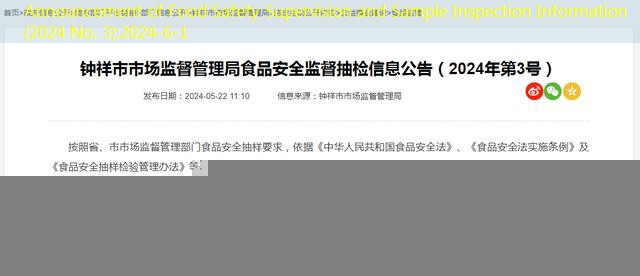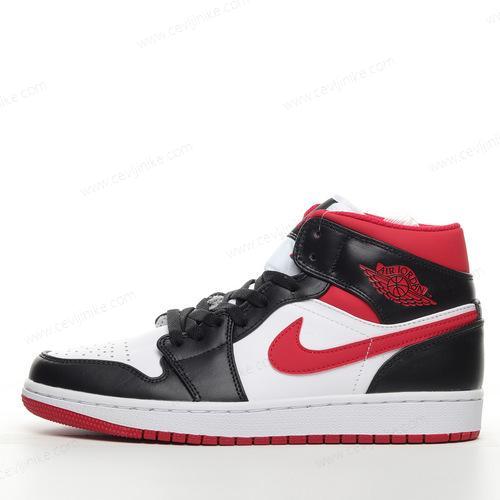As the saying goes: people use food as the sky, and the baby stands for food.
From the first auxiliary food of six months to the child’s first snacks, each bite has broken my parents!
“What to eat for children”
“Is there a snack and supplementary food? Is it suitable for babies to eat?”
“What is children’s snacks?”
… …
Regarding all kinds of questions about supplementary food & snacks, let’s talk about it today, it’s all dry goods worth collecting ~
1
Zero supplementary food
Judging from the applicable population of children’s snack products, the range of 0-18 can be called “children” in the broad sense.(Children defined by the International Convention on Children’s Rights refer to anyone under 18 years of age)
And more rigorous division,Zero-supplementary food applied to infants 0-3 years old and snacks applied by children aged 3-12It is completely different.
The corresponding production standards and derived product types are naturally different.
Starting for six years,oneBreast milk or baby formula milk can no longer meet the baby’s nutritional needsEssenceAt this time, you need to give your baby some additional nutrients, which is what we call supplementary food.
Due to the different production process, the supplementary food is divided into self -made supplementary food and commercial supplementary food.
In daily life, infant auxiliary nutritional foods we buy in major business super -children, infant shops, etc. are commercial supplementary foods.
After modern advanced process equipment, scientific matching, batch research and development, production, and specially added scarce nutritional elements required for the healthy development of various babies.
The current commercial auxiliary food categories are rich in categories, covering rice noodles, noodles, mud -shaped foods, and other foods that can be edible.
At present, the food standards under the national compulsory standards are mainly related to the following national standards related to supplementary food:
As can be seen,Different product types, the standards of execution are different.
In addition to the standard level, for factories that can produce “infant standards” supplementary food, there are also strict “Formation of Food Production Licensing for Food and Toddlers”; in addition,The requirements of indicators such as process production, safety and health, testing and inspection, and nutritional enhancement are more stringent.EssenceTherefore, products that perform “infant labels” often also marked the nutritional reinforcement agent added to the ingredients tableEssence
The answer is: Yes!
The current infant standard standards are only targeted at infants and young children’s formula food and complementary foods, and they have not covered everything for children.Essence
And almost all infant food and food brands on the market have non -infant standard products.The core problem is that there are not so many infant standards to executeEssence
However, many of these non -infant foods also meet the corresponding national and industry standards, but they cannot be promoted under the banner of “formula food” and “supplementary food”.therefore,It does not mean that it is not suitable for children to eat according to infant standards.The infant standard is not the only criterion for choosing food for children.
After the child is 1 year old, he has begun to transition to adults. Parents can add 1-2 snacks between two meals according to the needs of their children.In this way, it not only meets the needs of children who like snacks, but also help to achieve a balanced diet and obtain reasonable nutrition.
Let me share with you a few ways to choose healthy snacks:
· Look at the ingredient table
According to the “GB 7718 Food Safety National Standard Standard Pre -packaging Food Labels”, the ingredient table shall be arranged in the order of decreased amounts when manufacturing or processing foods, that is,, that is,, that is,, that is,, that is,, that is,The higher the ingredients of the ingredients, the higher the content in foodEssence
From the content and arrangement of the ingredient table, it is basically determined whether a food is healthy.
· Look at nutritional ingredients
The nutritional component table shows any nutritional information marked by the pre -packaged food nutrition label.
It is worth noting,Some nutrition labels are marked with the nutrient content of 100g of food, and some may be the nutrient content of the food per portal (such as 15g).
· Look at anti -fatty acids
Anti -fatty acids, also known as trans fat, are mainly hydrogenated vegetable oils.Excessive intake of antipyretic fatty acids can cause arteriosclerosis and cause cardiovascular and cerebrovascular diseases.
The state stipulates that if hydrogenated oil is used in food, trans fatty acids must be bid in the nutritional composition table, which can be labeled by 0 in less than 0.3g/100g (ml).
When choosing snacks, be sure to see if the nutritional component table contains trans fatty acids or trans fatty acids as 0.
· Look at food additives
Food additives are to improve the quality of food, fragrance, taste and other quality, as well as the need for anti -corrosion and processing technology to add artificial synthesis or natural substances in food.If long -term and excessive intake, there may be risks for children.
As an example, the pigment is an example,You can try to choose natural pigments instead of artificial pigment snacksEssence
But there are someAdditives with nutritional value, such as [Single, Double Glycerin fatty acid ester] [Anti -hemoglobinate palmate] [Phospholipid]Parents don’t have to worry about seeing it.
· Look at the added “sugar”
Excessive sugar intake will increase the chance of baby dental caries and obesity.The 2016 Edition of the “Dietary Guidelines for Chinese Residents” pointed out that infants 0-3 years (that is, 0 to 36 months) are recommended to add sugar (referring to sugar artificially adding sugar in food) to 0.
The less sugar is added in the child’s snack.but,Not all ingredients with the word “sugar” belong to sugar, and some are also beneficial to their children. Parents must carefully identifyEssence
· Look at the added “sodium”
Too much salt intake will cause the baby’s kidney.According to the suggestion of the “Dietary Guidelines of Chinese Residents”, the daily intake of 6 to 12 months of sodium sodium does not exceed 350 mg. The Chinese Nutrition Society recommends that the daily salt intake of babies of 1 to 3 years old does not exceed 650 mg.
Experienced mothers, when you buy food for the baby, you will remember to look at the sodium content. This is a good habit, but it is also easy to accidentally hurt some healthy snacks.after all,Some high -nutritional ingredients, natural sodium content is not lowIt may not be fair enough to judge only sodium content.
2
snack
If you say that the baby can only eat the sea for 6 to 36 months, then the children over 3 years old are about to go to the sea of stars. There are many types of snacks and countless.
Although there are many types, the quality is uneven, which also makes the health of children’s snacks attract attention.
On May 17, 2020, the China Style Food Loch -offs Association officially issued the “Children’s Snacks General Requirements” group standards and implemented it on June 15, 2020.
Children’s snack finally ended the “blank” of domestic standardsEssence
The standard is clearly defined by “children’s snacks”, that is,:In addition to dinner, it is used to supplement energy, balance nutrition or increase water, and can relax and relax and happy moodEssence
The regulations of adding less sugar, salt, and oil for children aged 3-12:
· Low salt (sodium content is <120 mg/100 grams, the reference value of nutrients is <5%);
· Low sugar food (sugar content ≤5 grams/100 grams or 100 ml);
· Should not contain trans fatty acids;
· Can not use raw materials for radical treatment;
· The food additive indicators for children’s snacks are aligned with the standards of supplementary food for infants and young children, and preservatives, artificial pigments, and sweeteners are not allowed to be used;
· Standard compulsory requirement to label allergen information, as well as prompts that affect the safety of children in the process of child consumption.






















